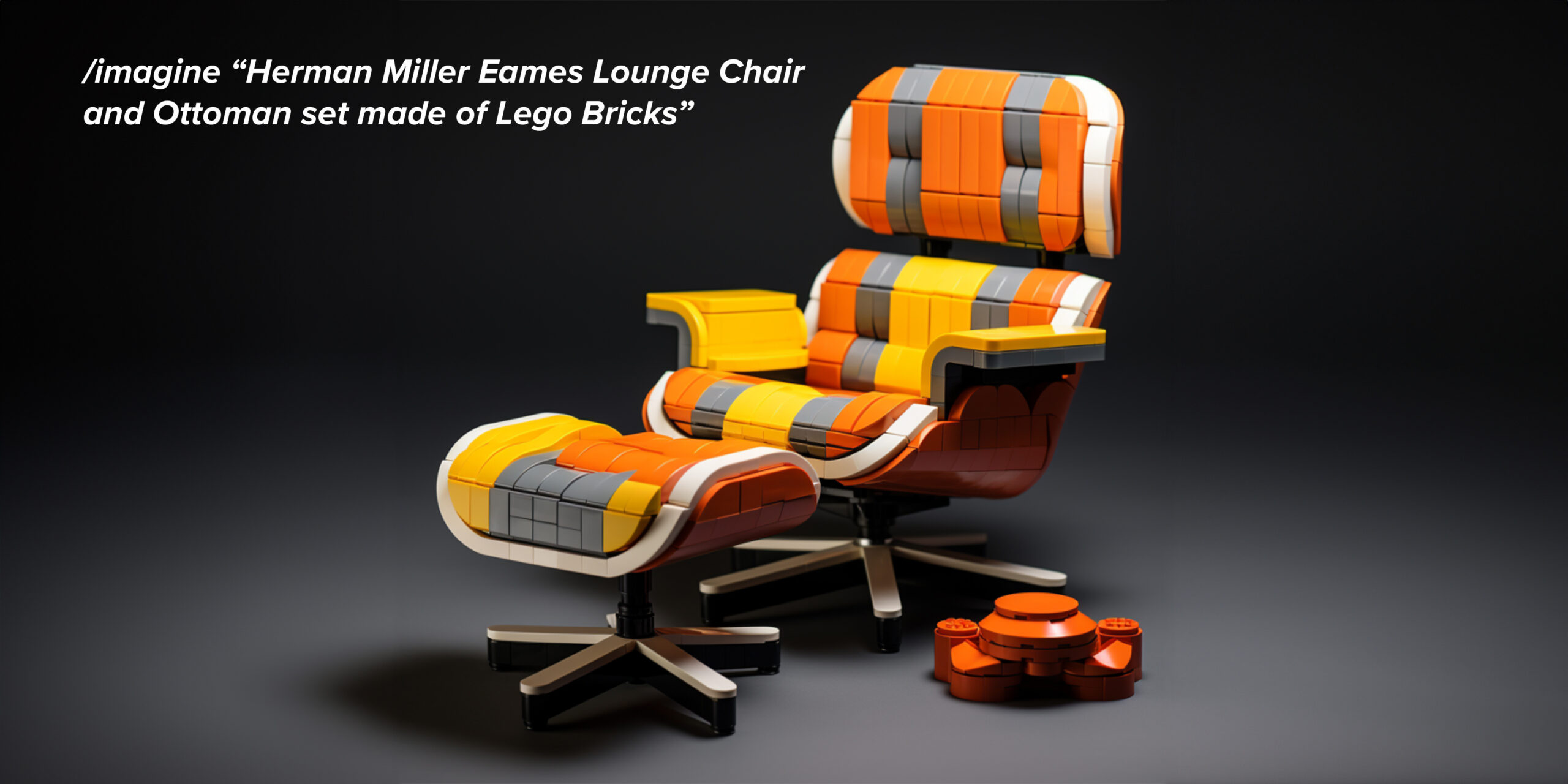5 Reasons Industrial Designers Benefit From AI (Article 3/3)
Introduction
Innovation and efficiency are paramount for quality product development. As industries evolve, so do the tools at our disposal. One type of tool that is revolutionizing the design industry is Artificial Intelligence (AI). AI is like a digital learner; it absorbs information you give it, like prompts or images, and carries out tasks effectively.
In this article, we explain seven compelling ways, with examples, how AI is an exceptional partner for product development.
01. Generate design inspiration
Creativity is at the heart of product design, and AI complements human imagination. AI-generated design concepts serve as sources of inspiration, helping designers overcome creative roadblocks and venture into unexplored territories. Fusing human ingenuity with AI generations leads to new ideas perfect for inspiring vivid creations.
As an example, AI can quickly provide unique content to reference for mood boards, sketch pages, and design exploration based on text prompts. It can produce original designs that won’t appear in traditional search engines, articles, or magazines.
02. Avoid human bias and ego
Unconscious biases and ego can unintentionally influence design decisions and get in the way of progress. Humans tend to gravitate toward their favorite ideas based on individual preferences. Unlike humans, AI is impartial and generates solutions solely based on data and algorithms. This egolessness fosters a team-first environment with a focus on achieving the best possible outcome, Designers can rely on AI designs to provide unobjective design ideas to counterbalance any internal bias humans cannot account for.
For example, a human may overemphasize ideas they favor or deem “safe” (even subconsciously) over what’s objectively best for the project. Designers can benefit from a brave ally who isn’t afraid to challenge the status quo. AI can share nonconventional ideas like irregular shapes or CFMG mixtures (color, finish, materials, graphics) so designers can consider more options than they could manually.
03. Predict unintended consequences
Design decisions often come with unexpected consequences. AI’s predictive capabilities highlight potential problems so designers can make preemptive adjustments. Using AI proactively can reduce post-launch issues and provide a smoother user journey. A thoughtful design process will save time and resources in the long run with AI to avoid setbacks.
Predicting unintended consequences was beneficial to our team when we designed a leaf blower with an extra handle for support and aesthetics. AI helped us consider the unintended effects of adding the handle, such as limitations for physically disabled users and the increased weight causing discomfort.
04. Accelerate the design process
Time is the most precious commodity. AI accelerates design timelines to accomplish tasks more efficiently. AI tools are versatile and can perform a variety of functions. Relying on an example AI image or idea as an initial reference point gives the ambiguous design journey a clear start. This way, designers can create designs with greater productivity. AI allows for more detailed iterations and experimentation, resulting in finely tuned end products.
For instance, AI can imagine initial concepts for a hybrid design between a leaf blower and an industrial machinery brand to kickstart the designer’s thought process.
05. Have a competitive advantage
In product design, a competitive advantage means you can produce goods better or more efficiently than others. AI equips design agencies with new tools to set themselves apart and deliver inventive solutions. Maintaining an edge over your competition in a cutthroat market is paramount to survival. Designers who can integrate AI into their workflow will position themselves as industry leaders and outpace those who don’t adapt.
For example, a design team harnessing AI will list more ideas and spur more initial design concepts faster than a purely human team due to limited resources like time. Embracing AI as a creative ally makes the design process more efficient by automating time-consuming tasks so designers can focus their energy on the highest priorities.
Concluding Thoughts on AI and Industrial Design
AI isn’t a magic fix for designers’ problems. It is a tool that, with practice, amplifies designers’ capabilities and can give them an edge over old methods. The future of design may involve standard AI usage, but it won’t replace human creativity. Instead, AI will accelerate product development, idea generation, and innovation.
The combination of AI and product design has vast potential to speed up product design and development. However, it’s crucial to remember that technology, while revolutionary, can’t be sustained without human creativity, intuition, and user empathy. Trained designers can identify and implement compelling and feasible ideas to match client intentions and benefit end users. Our experience helps us harmonize with clients, understand nuanced human interactions, and avoid common design pitfalls that may cause bottlenecks in the product development process.
AI generations also lack “human authorship” according to US copyright law and cannot be protected. This does not hinder our design process as we merely use AI to inspire our original work, but it does reinforce the need for human input in AI-driven design.
Incorporating AI into product development and design redefines the boundaries of creativity. Rather than fear AI as a threat, we embrace it as a powerful engine that helps human ingenuity unlock unparalleled possibilities.
Thanks for reading our installment on AI and industrial design. You can read our previous article on AI: Supercharge Product Design with AI and An In-Depth Journey Using AI for Industrial Design.
We welcome you to email info@startbeyond.com to share your thoughts and perspective on our AI article series.






 Top
Top
